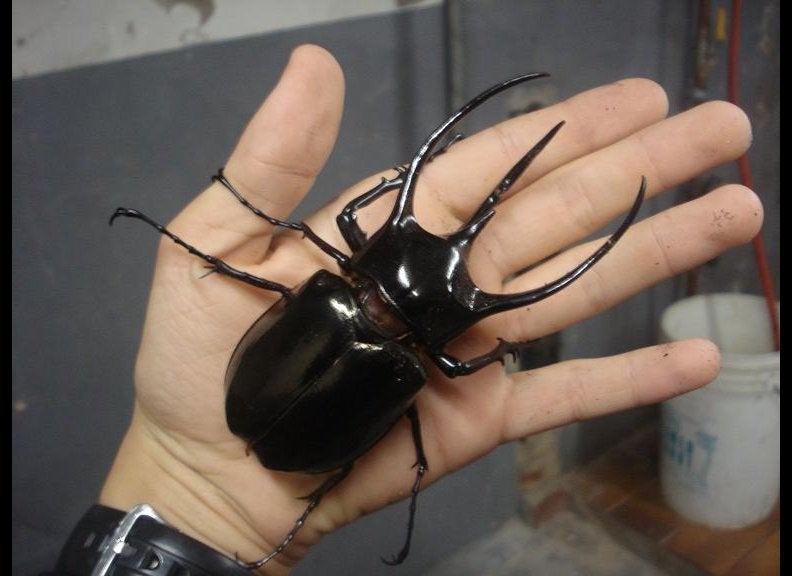
Conodonts, some of the most primitive vertebrates in the fossil record, are often known only from the tapering, toothlike structures that lend the group its name. (In Greek, conodont means “having cone-shaped teeth.”) But just how these eel-like sea creatures, which died out sometime before 200 million years ago, used these structures has been a mystery, because the “teeth” are often found individually and it’s not clear how they were anchored in the conodont’s soft tissues. (They had no jawbones.)
Now, researchers who have analyzed the cross-sectional shapes of the toothlike elements of a particularly well-known species of conodont dubbed Panderodus acostatus (3D model shown; bottom view at left, and front view at right) say that the structures in that species varied quite a bit and that each type likely served specific functions.
Using the same sorts of techniques that structural engineers use to analyze steel I-beams that form the skeletons of high rises, the researchers found that some of the structures had a nearly circular cross section (blue, green, and gray elements) and would have been particularly good at resisting bending and twisting forces—and therefore were probably used to capture and restrain prey, likely soft-bodied animals such as worms.
Other elements had a narrow, bladelike shape or sharp cusps (red, orange, and yellow) and may have been used to pierce or cut prey into smaller pieces, the researchers report online today in the Proceedings of the Royal Society B.
Similar analyses of other conodont species could shed light on their feeding styles as well, the researchers contend. And that could be particularly revealing: The variety of teeth in conodonts, as a group, rivals that found among all other vertebrates combined.
ScienceNOW, the daily online news service of the journal Science
